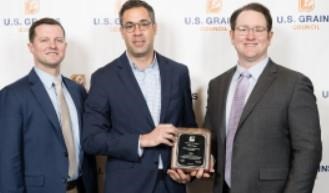Drought This summer is affecting a large part of the western half of the South, producing unfortunate losses for many ranchers and farmers in our area. The most affected States are Texas, Oklahoma, Arkansas, Louisiana, Mississippi, and Tennessee within the Southern Region. The last U.S. Drought Monitor reported that 92% of this area is abnormally dry, and about 64% is in severe drought.

Unfortunately, droughts always have a negative financial and economic effect on our business. The USDA’s Pasture, Rangeland, and Forage Insurance (PRF) has shown to be an essential tool to support ranchers during these times. PRF showed a positive net benefit, indemnities over premiums, in many cases. Still, most importantly, it generated significant payments in drought years when needed most.
USDA created the Pasture, Rangeland, Forage (PRF) insurance program in 2007 as a tool for livestock and forage producers to reduce the risk of forage loss associated with lower precipitation. The program is available in 48 states and policies covered over 247 million acres in 2022. In southern states, the adoption of this program has nearly doubled since 2007. During the program’s first year, the total enrolled acres in this area was 20.8 million. Producers from these states have insured about 41 million acres for 2022.
Ranchers in Texas and Oklahoma have adopted the PRF insurance most quickly within the Southern region and are better prepared when compared to the 2011 drought. The percentage of enrolled acres of total ??pasture and rangeland in Texas and Oklahoma is 36% and 18%, respectively. The rest of the southern states had an adoption rate between 1 and 4% over their total grassland and rangeland. Texas has 71% more acres enrolled in the PRF program than in 2011, while Oklahoma has almost 990% more.